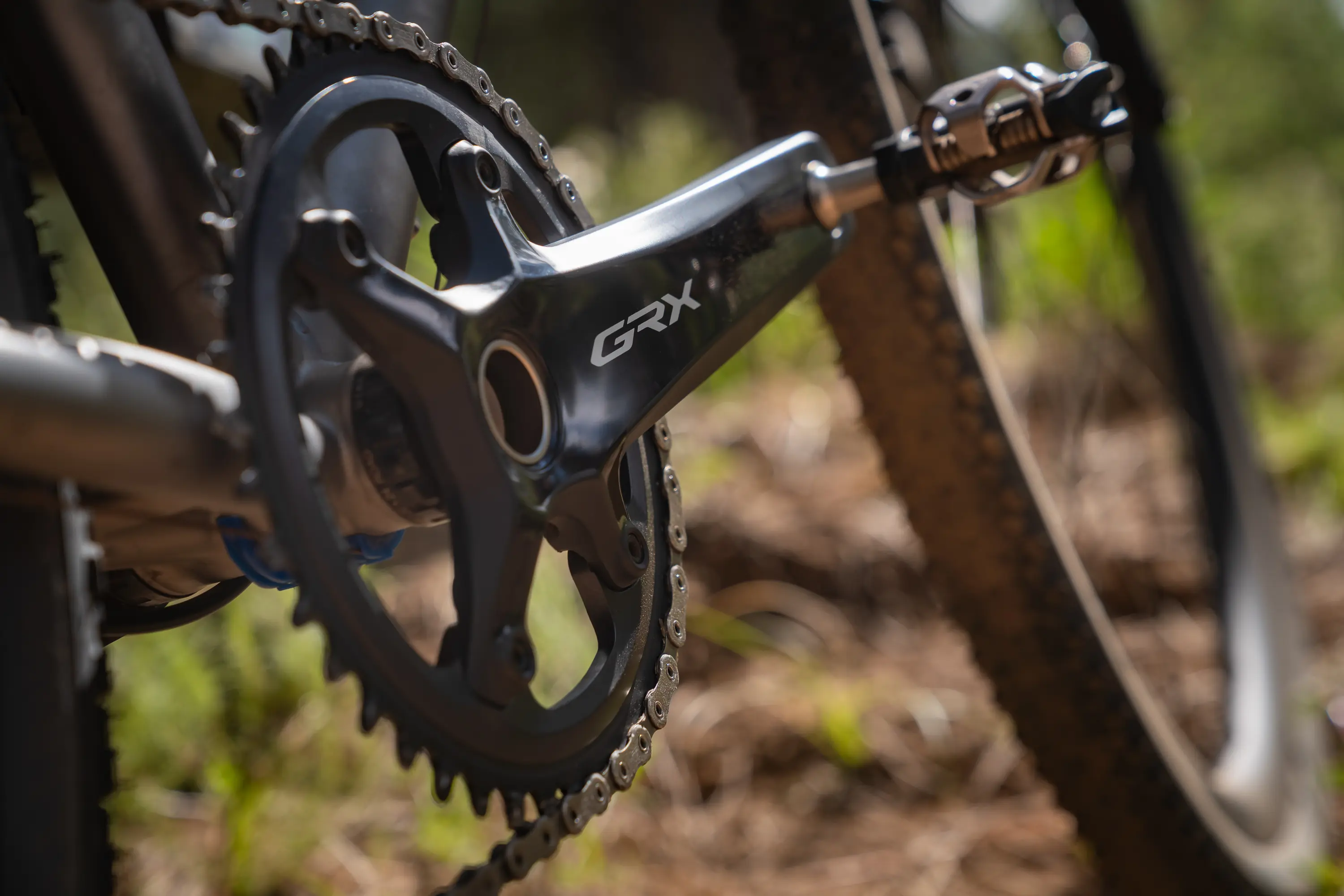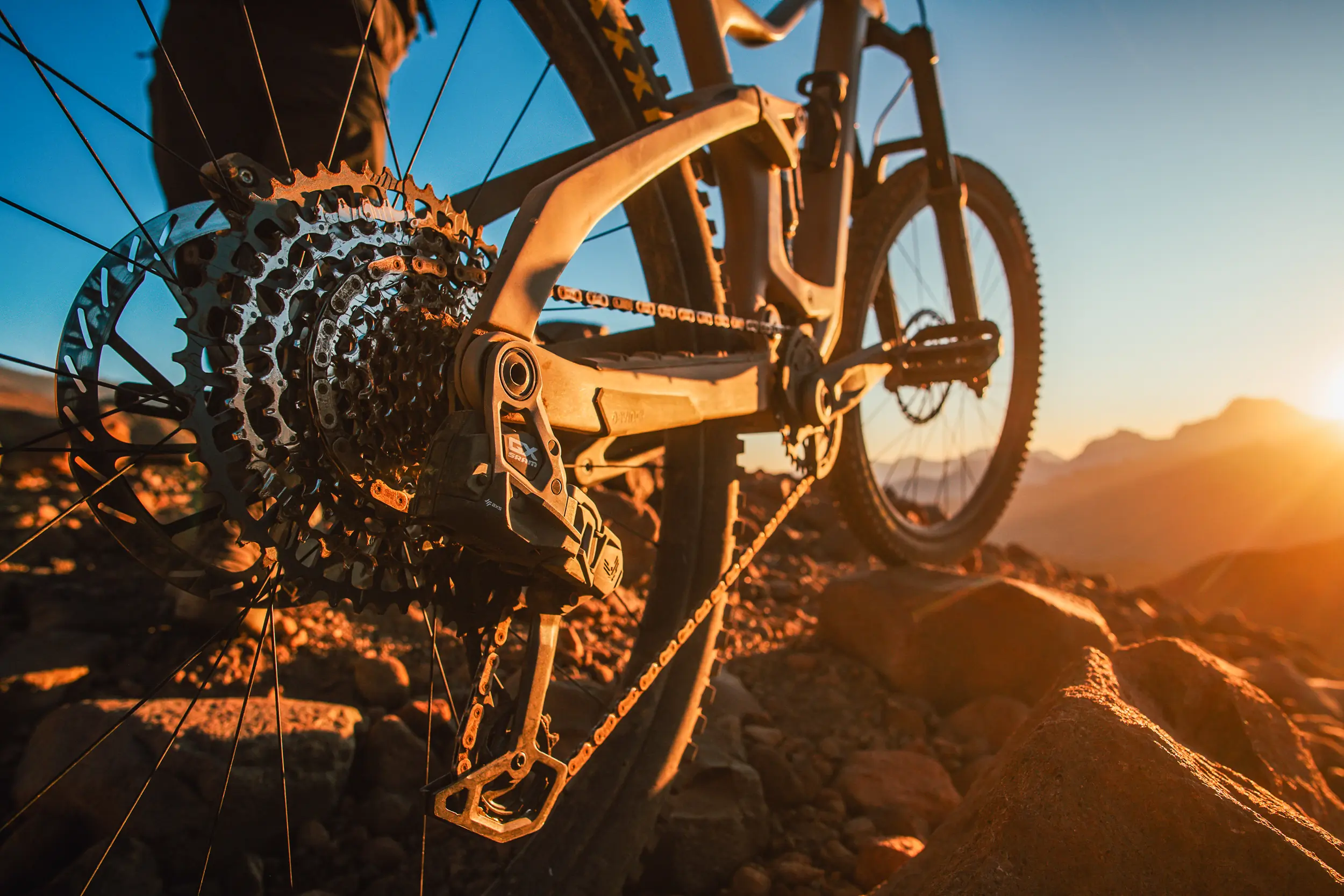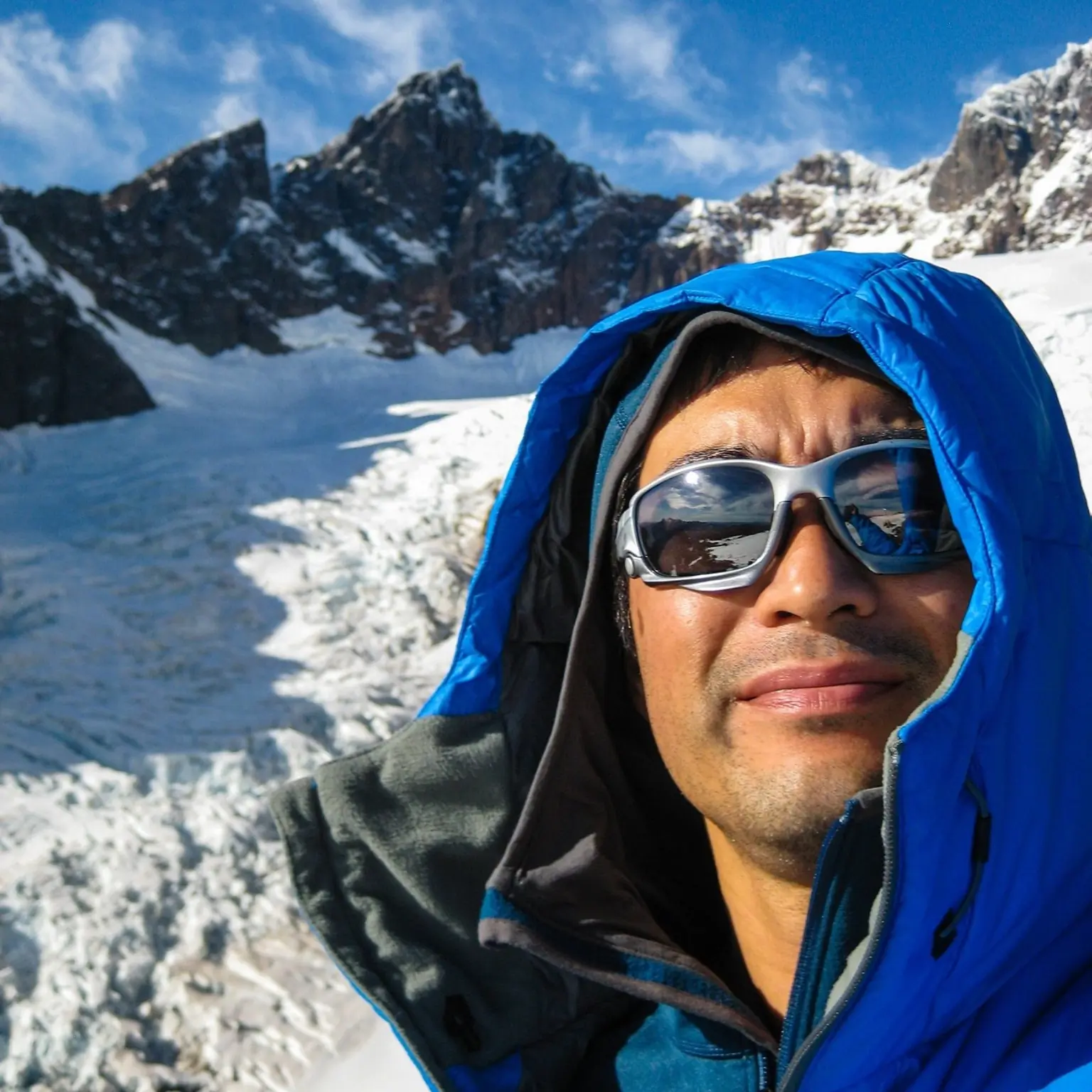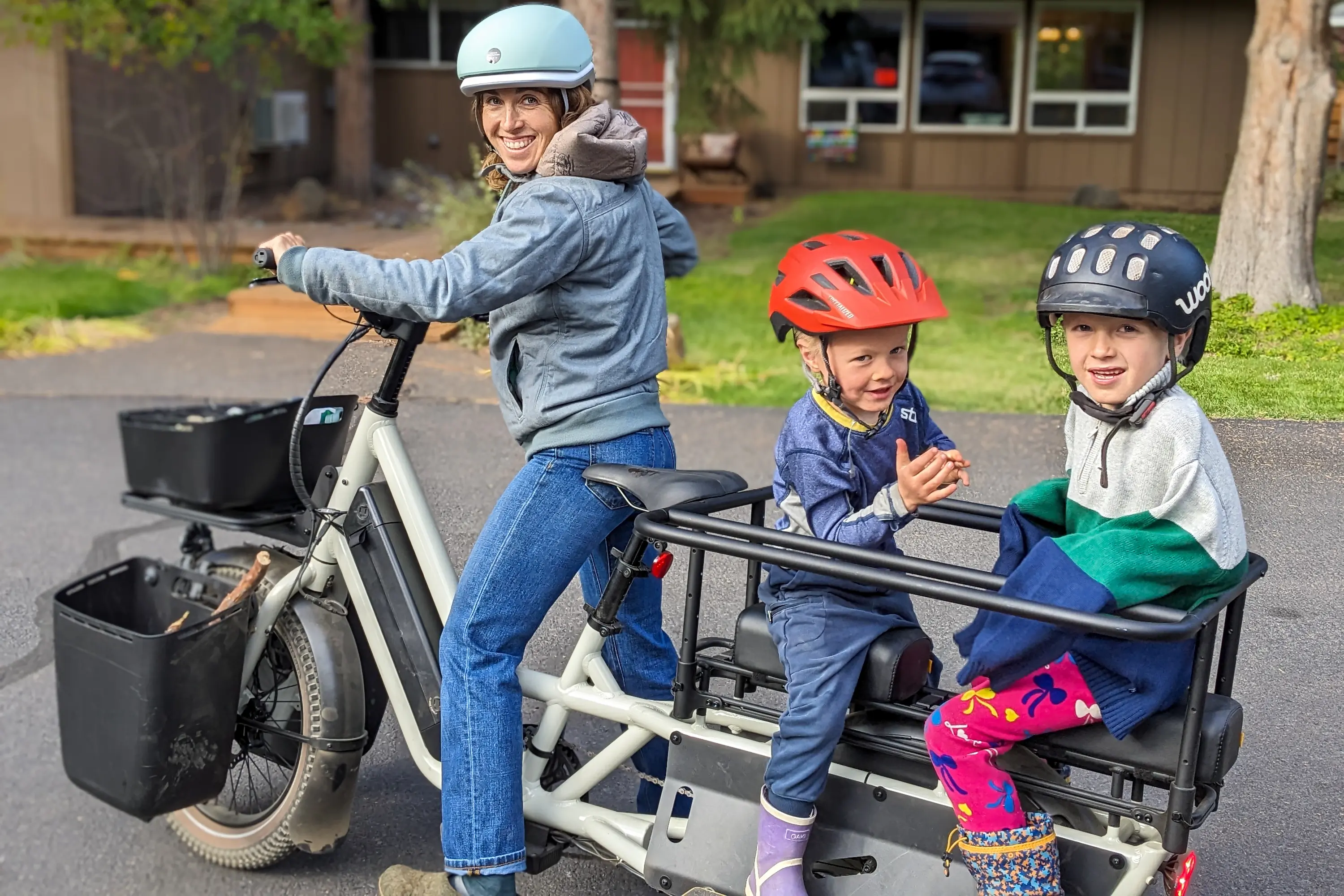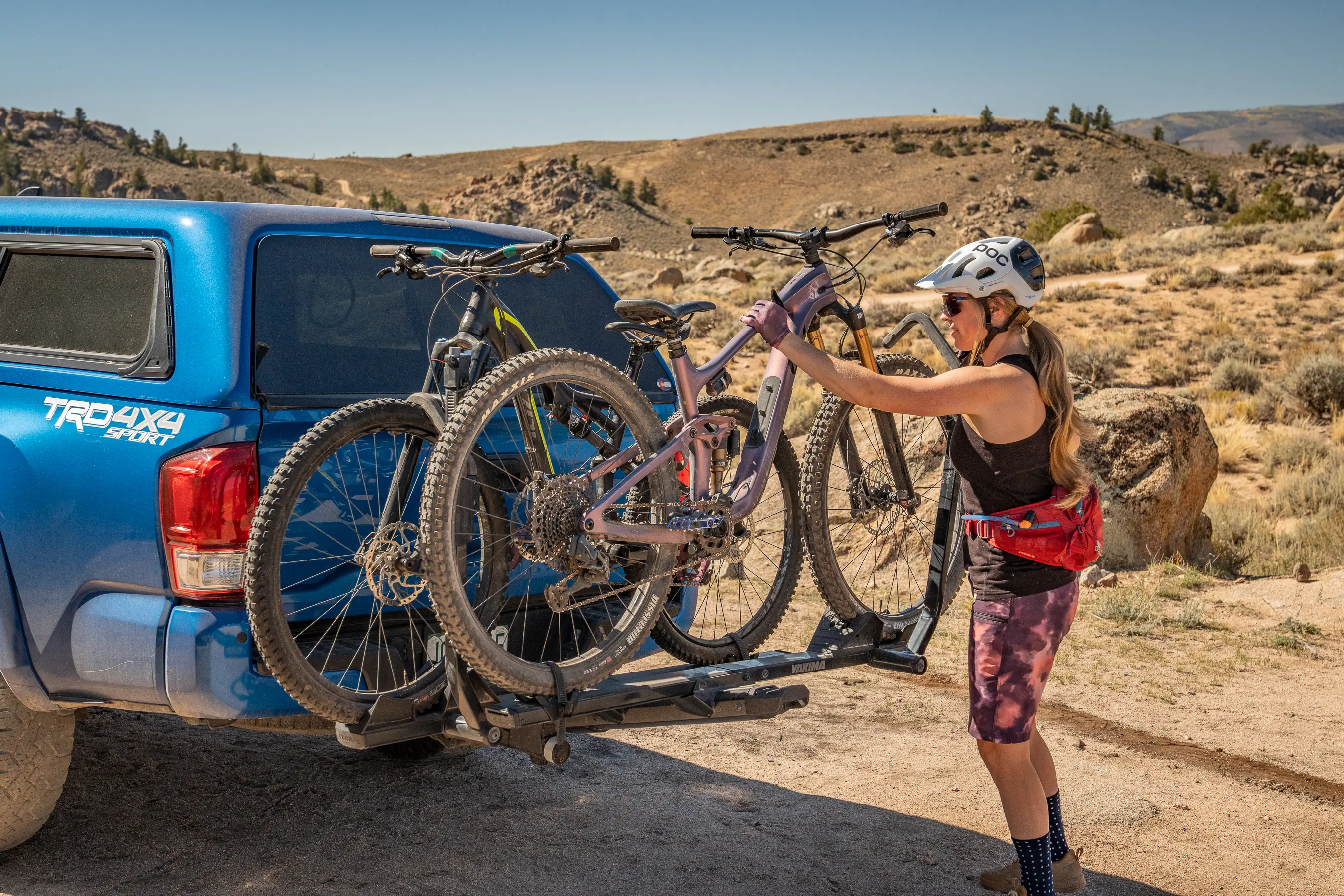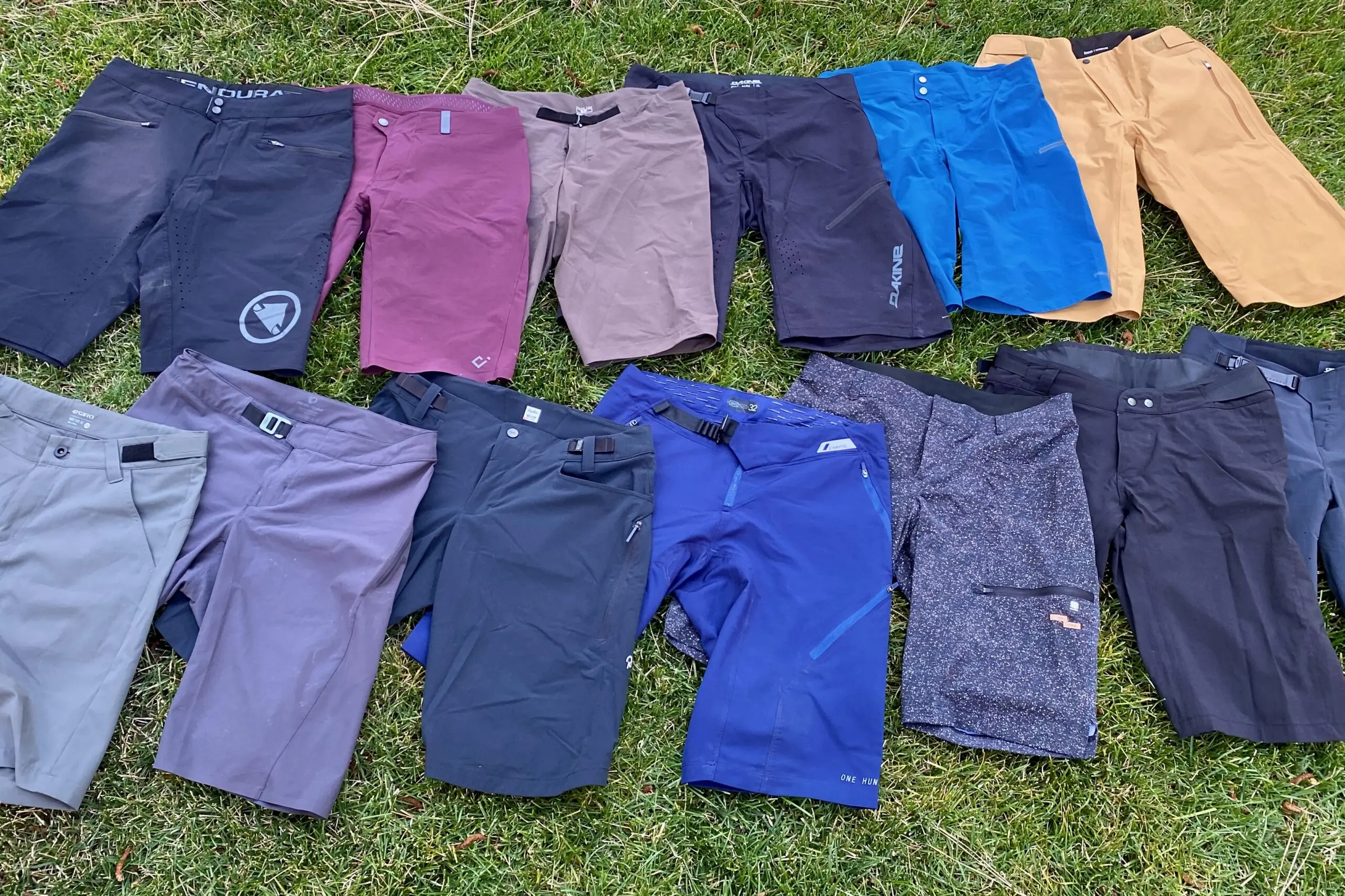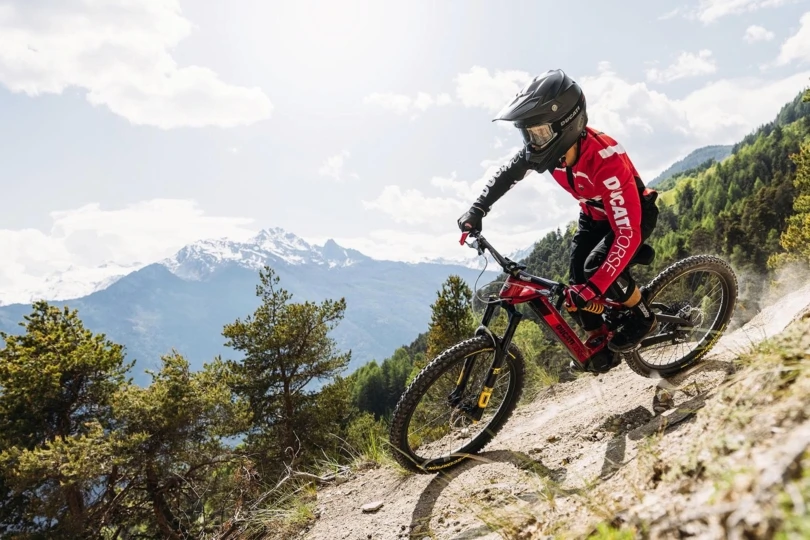Shimano makes a wide range of groupsets across mountain, road, gravel, and commuter bike styles. They range in price from a couple of hundred dollars to well into four digits.
They include traditional cable-driven shifting technology and new electronic, cable-free components quickly becoming ubiquitous in cycling. And with different identifiers like Ultegra, Deore, and 105, it can be challenging to to discern which is best for you.
This rundown will touch on some entry-level components, but we will focus on Shimano’s off- and on-pavement performance groupsets lineup. All Shimano groupsets in this explainer feature hydraulic disc brakes.
Shimano Mountain Bike Components
Shimano makes a whopping 10 different groupsets of varying quality and cost that could potentially hang off a mountain bike. But we will only cover the four groupsets that most GearJunkie readers would be interested in. These groupsets are found on specialty cross-country, trail, and enduro category mountain bikes, not bikes found in department stores.
The genuine contenders for Shimano begin in the 11- and 12-speed options, which include Deore, SLX, Deore XT, and XTR. These drivetrains are reliable trail groupsets that maintain very similar characteristics but vary slightly in features and materials the higher up you go.
Deore

The Deore groupset sits at the most approachable level of Shimano’s core MTB component spec. It’s available with a 10-, 11-, or 12-speed cassette. The 12-speed version is available as a 1x, with only one front chainring, while the 10- and 11-speed options can be a 1x or 2x setup.
The 12-speed cassette attaches to a Shimano Microspline freewheel body and supports a 10-51t range on the cassette. The 10- and 11-speed options fit the Shimano HG free hub body.
SLX

The SLX is a step above Deore. It is a 12-speed groupset that is around 200 g lighter than the SLX and about $100 more expensive. The SLX and Deore groupsets feature single-click upshifting rather than multiple-click on the XT and XTR models. That feature makes running through gears more quickly on the higher-end groupsets easier.
Deore XT
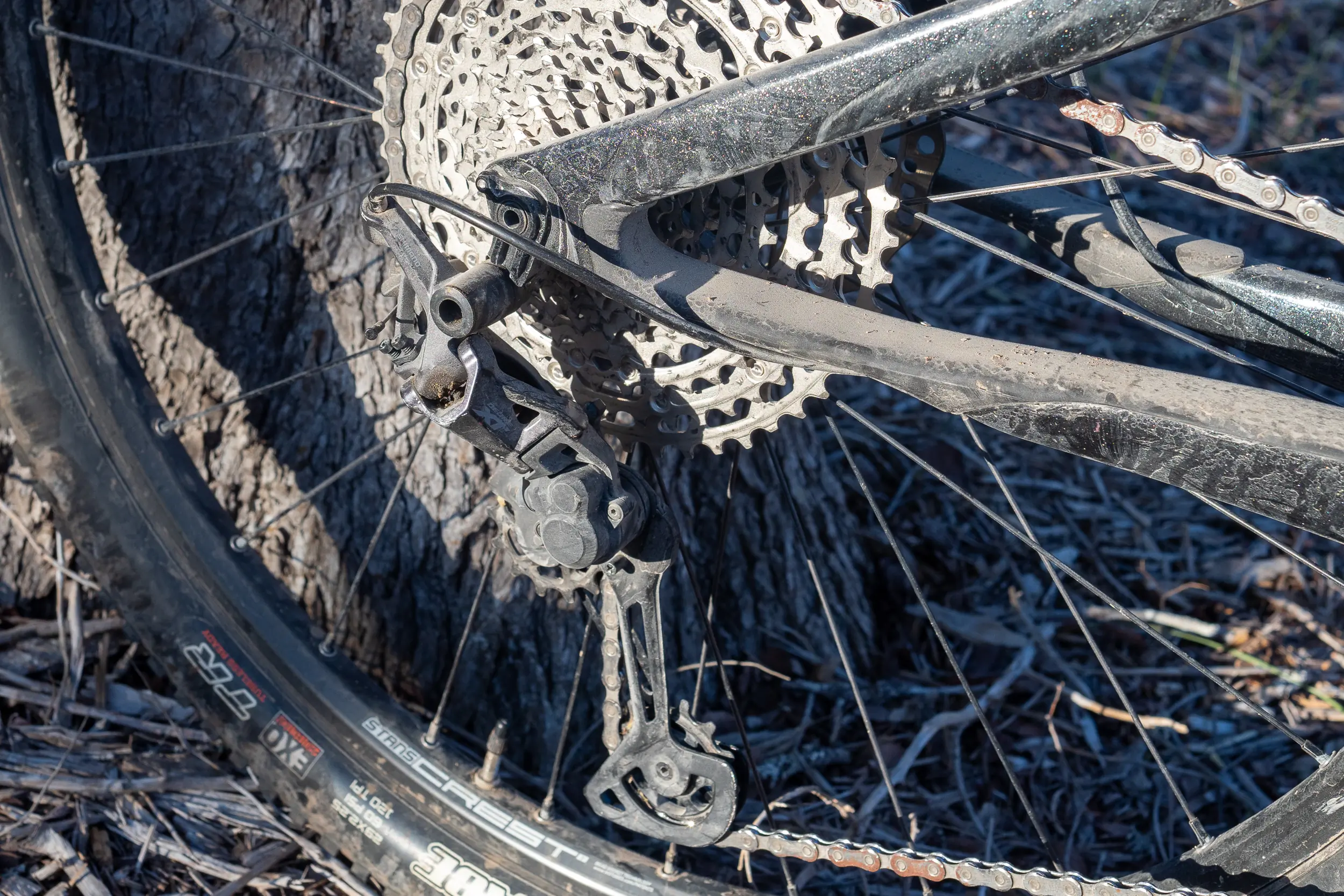
The XT groupset moves toward a more refined setup. It comes equipped with a 12-speed cassette with a 10-51t range cassette with either a single or double chainring option. Shimano still offers an 11-speed version with an 11-50t cassette.
A significant change with the XT compared to other models is the introduction of a multiple-click shifter. This allows the upshifting of more than one gear with a single stroke of the shifter paddle, making this drivetrain more responsive to abrupt changes in the terrain.
The XT groupset is also available in a Di2 electronic shifting model in 1×11 and 1×12 setups, but Shimano specifies them for e-MTBs.
XTR
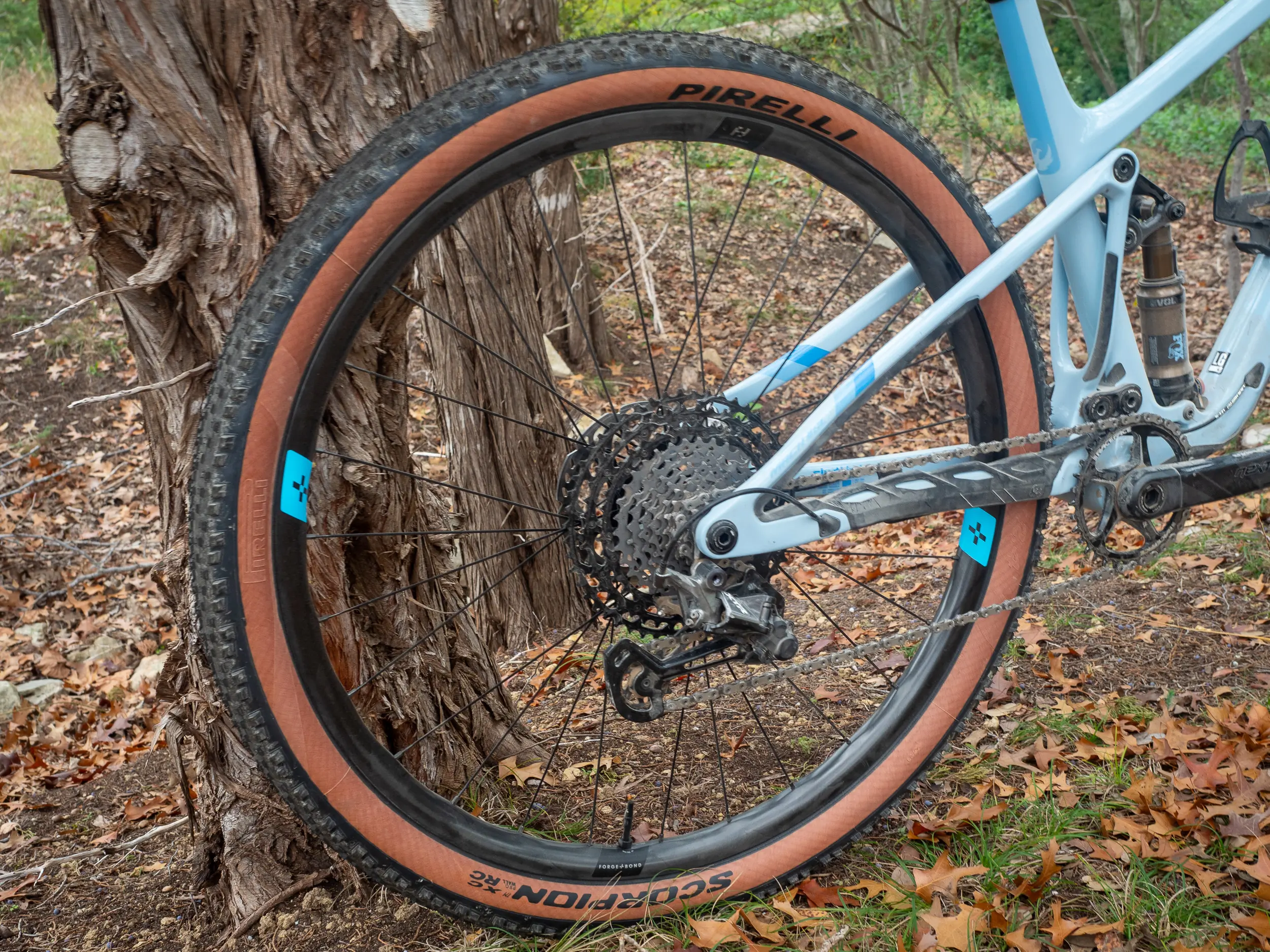



XTR is the cream of the crop for Shimano’s MTB groupsets.
Like the XT, XTR shifters have multiple-click features, and Shimano offers a Di2 electric shifting version. XTR also has an expansion ring fit for the bottom bracket, which is different from all other Shimano mountain bike groupsets, which use traditional cinch attachments. It comes in multiple drivetrain options, including 1x and 2x setups.
Shimano Mountain Bike Groupset Pricing
Shimano Deore groupsets start at around $200 for drivetrain components and steadily increase in price throughout the lineup. Electronic components are more expensive than traditional cable-driven systems. The various component groups increase in price from there, with XTR groupsets commanding a price north of $1,300.
Shimano Road Groupset Hierarchy
Shimano’s road groupset range begins with options for more casual riders. The eight-speed Claris, nine-speed Sora, and 10-speed Tiagra mark the brand’s entry points.
However, these are not considered high-performance models. They begin in the 11- and 12-speed range and include 105, Ultegra, and Dura-Ace models. Our explainer will only focus on these three Shimano road groupsets.
105


Shimano’s latest 12-speed 105 series comes in mechanical and Di2 electronic shifting versions. Both mechanical and electronic drivetrains can be set up as 1x or 2x with cassettes that include an 11-34t or 11-36t cassette and 50/35t or 52/36t chainrings.
Shimano says the 105 line is made for newer riders ready to begin riding more seriously.
Ultegra
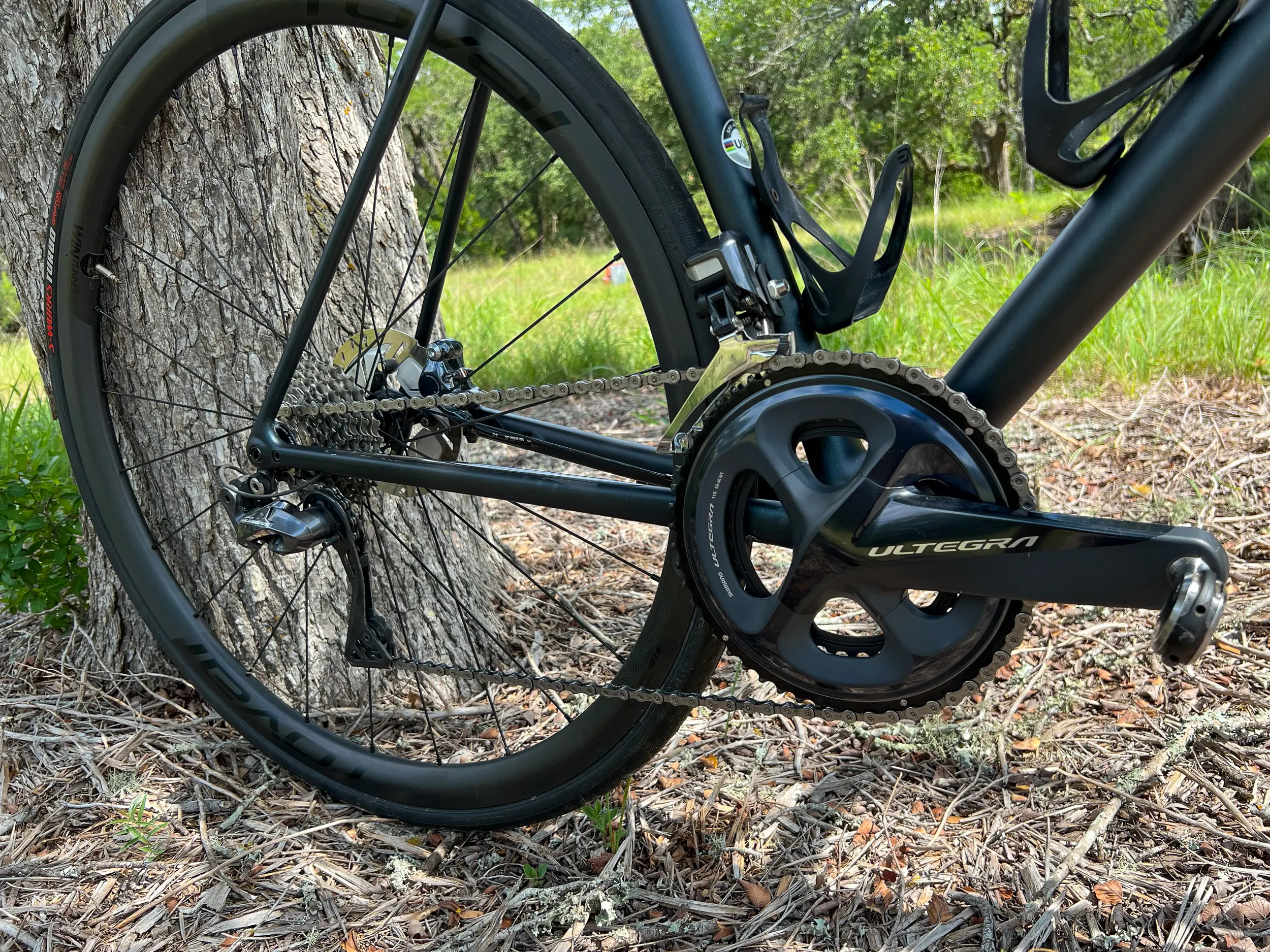



Shimano Ultegra is firmly in the category of higher-end components. The latest version of Ultegra, the R8100 Series, is built around the 12-speed, all-electric Di2 system. It’s available in 1x or 2x setups with 50-34 or 52-36 chainrings and cassettes ranging from 11-30t to 11-34t.
The latest model is also available with the new Ultegra power meter.
Dura-Ace
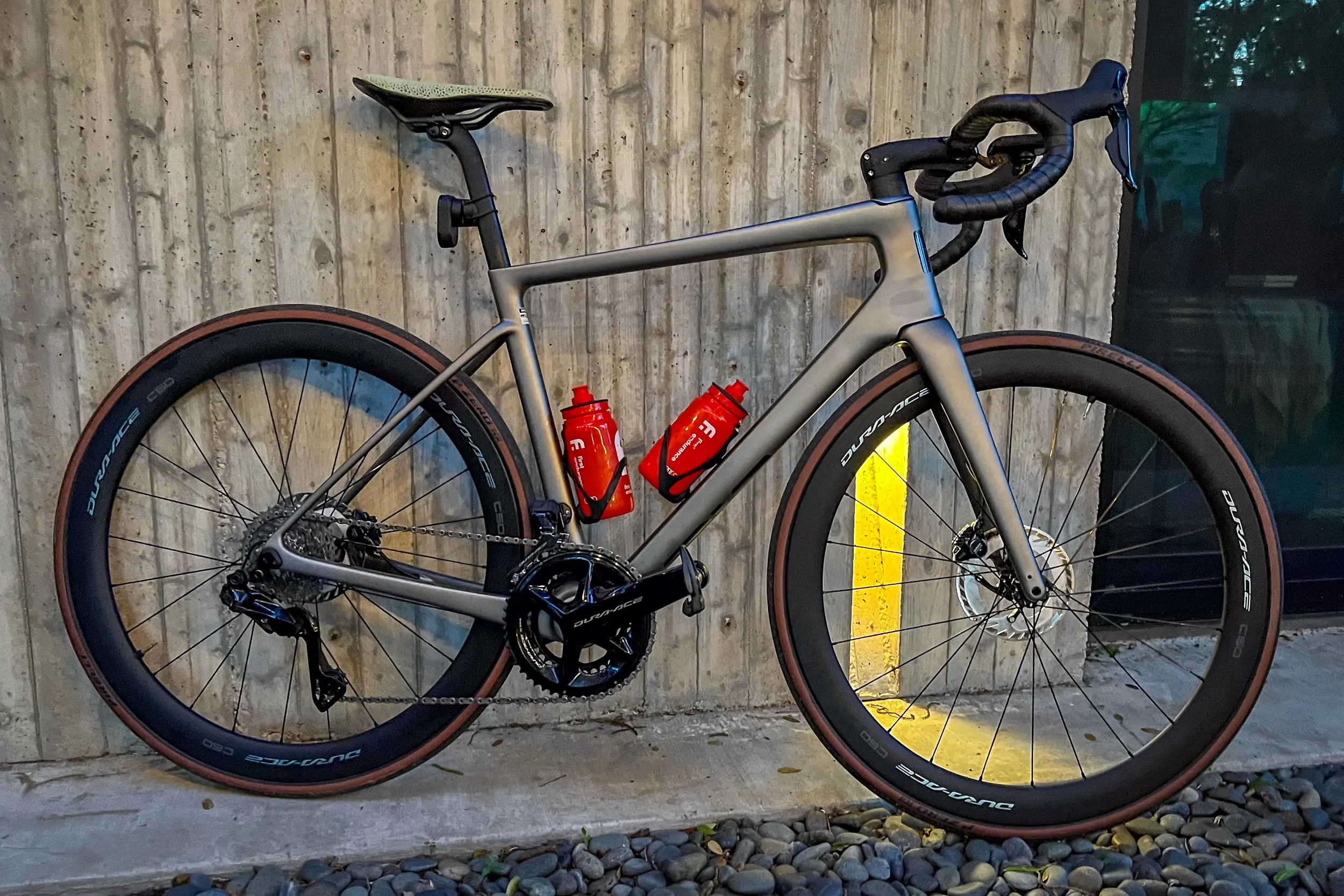



Shimano’s top road groupset line is Dura-Ace. The Japanese brand says the latest 12-speed R9200 Series is the fastest groupset it has ever designed.
Like the Ultegra, Dura-Ace employs the all-electric Di2 system but is lighter.
Pricing
Shimano road groupsets start at $200-300 and steadily progress to well over $1,000, depending on a spectrum of options that can swing a price by hundreds of dollars. A complete Dura-Ace groupset goes for about an MSRP of $2,000.
Shimano Gravel
GRX
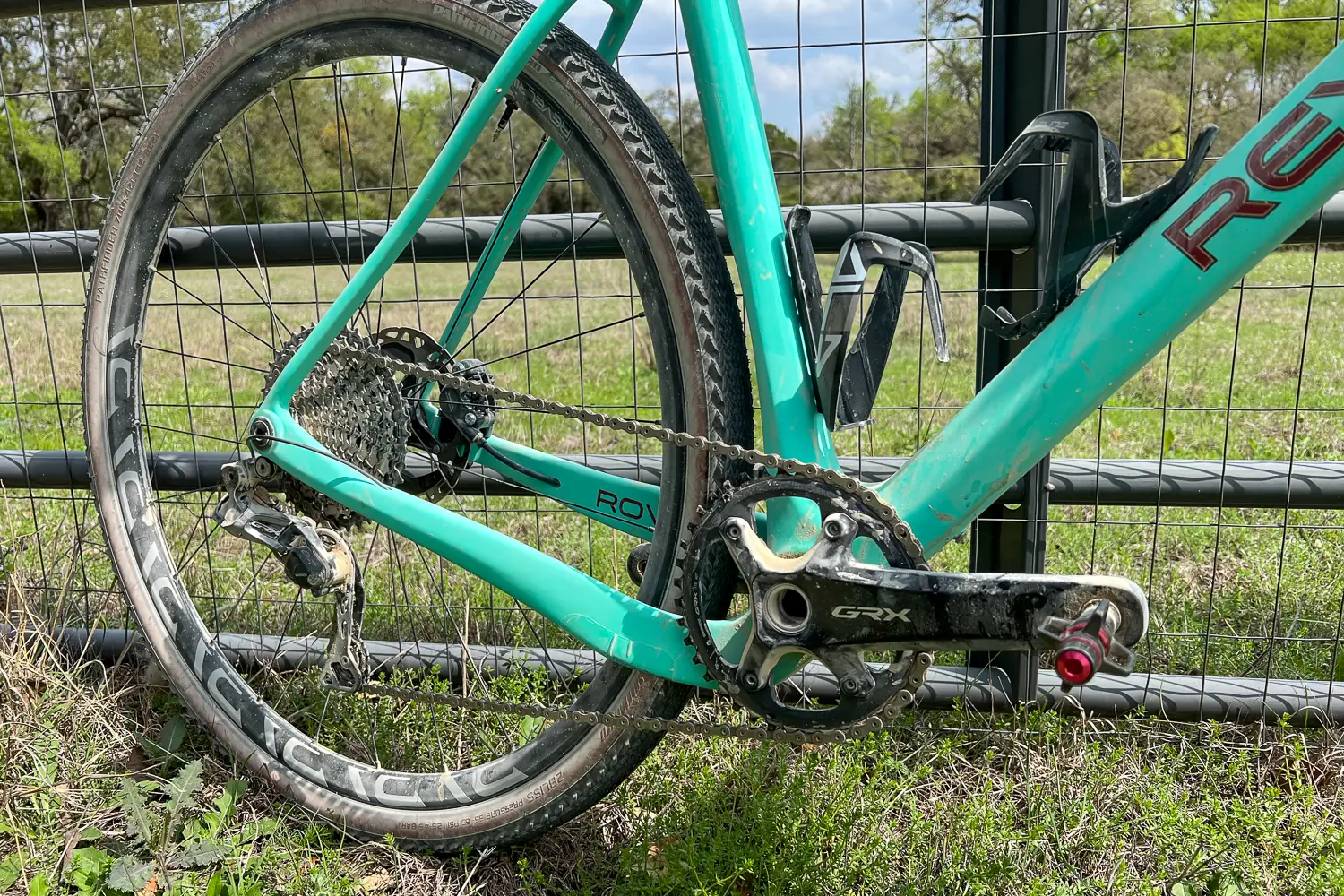



Shimano’s gravel-dedicated GRX line fills the void for those where neither road- nor MTB-specific setups will do the job.
The GRX groupset includes ergonomic designs to make riding over chunky terrain more conformable and a rear derailleur clutch to reduce chain drops and slap.
Shimano offers GRX in 11-speed Di2 electronic groupset or 10-speed, 11-speed, or 12-speed mechanical versions. Shimano offers 1x and 2x systems. The 1x setup is available with a 40t or 42t chainring, while 2x options come in either 48-31t or 46-30t chainrings.
The GRX rear derailleurs also come in two options with a maximum low gear of either 34t or 42t, the larger of which is compatible with MTB cassettes.
Complete GRX groupsets go for more than $1,000.
